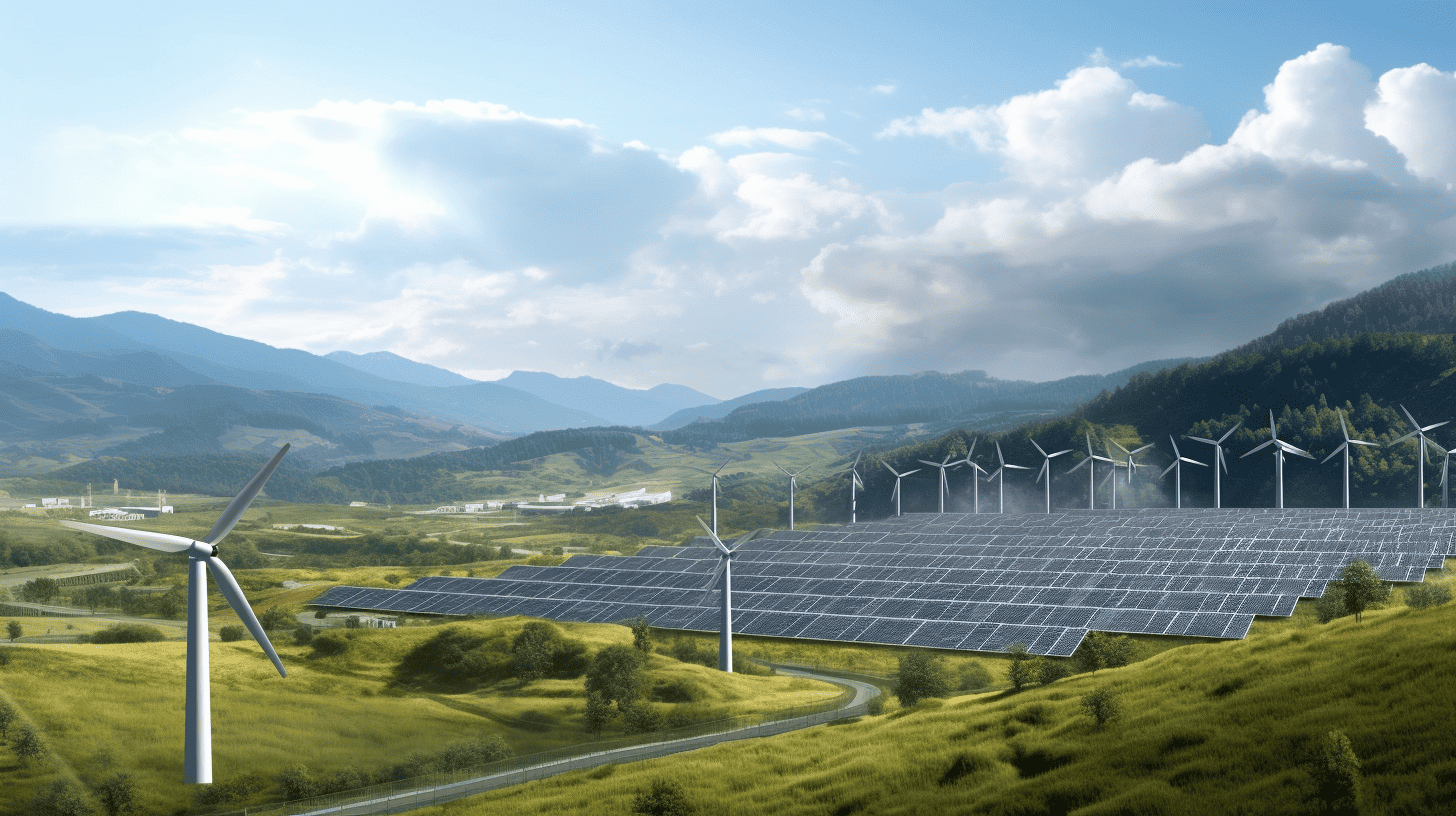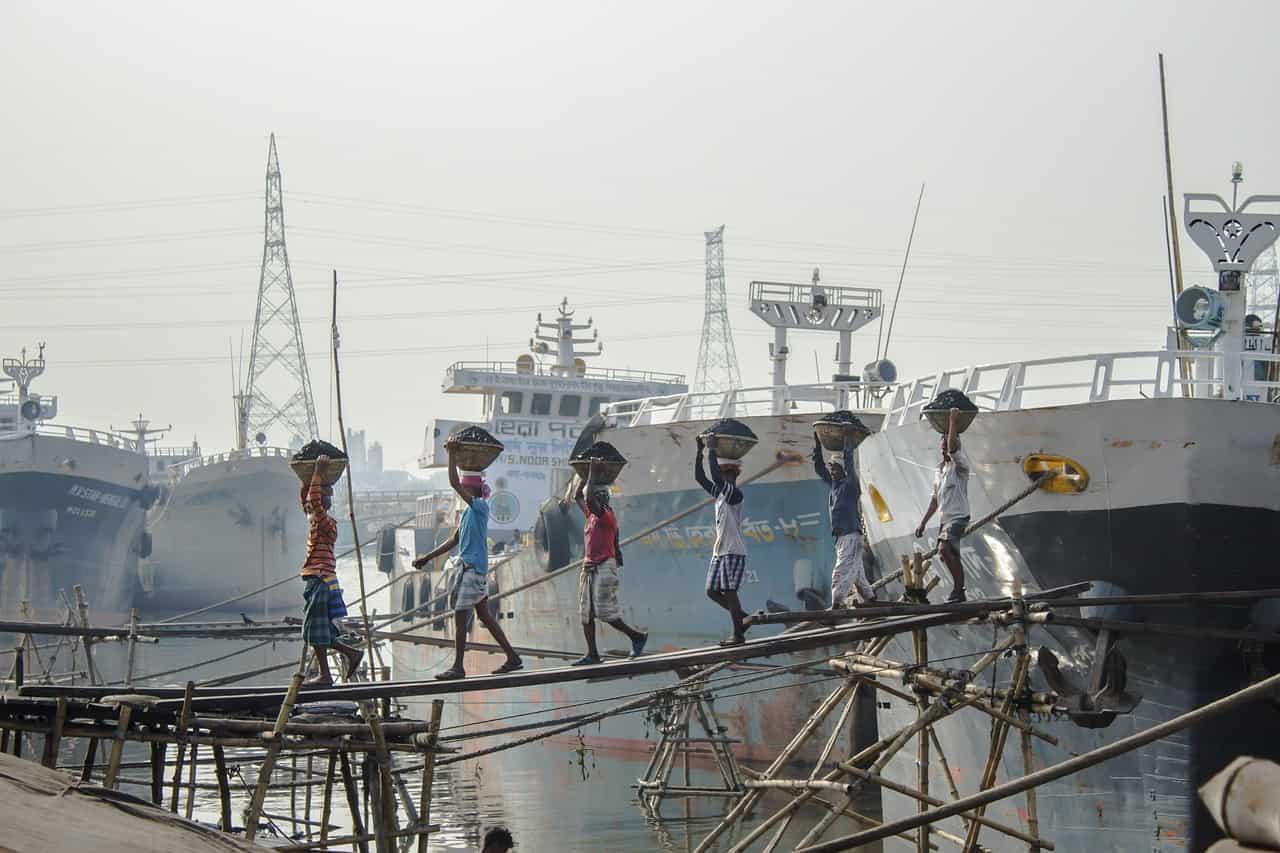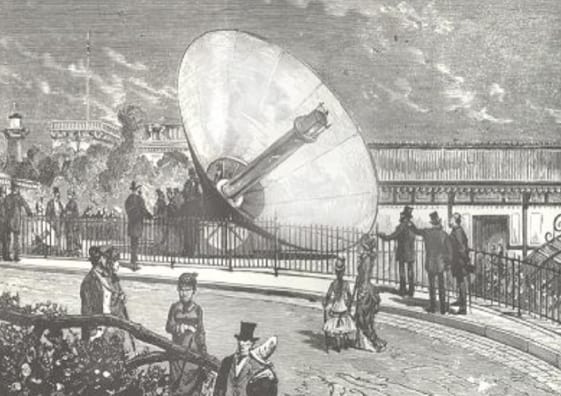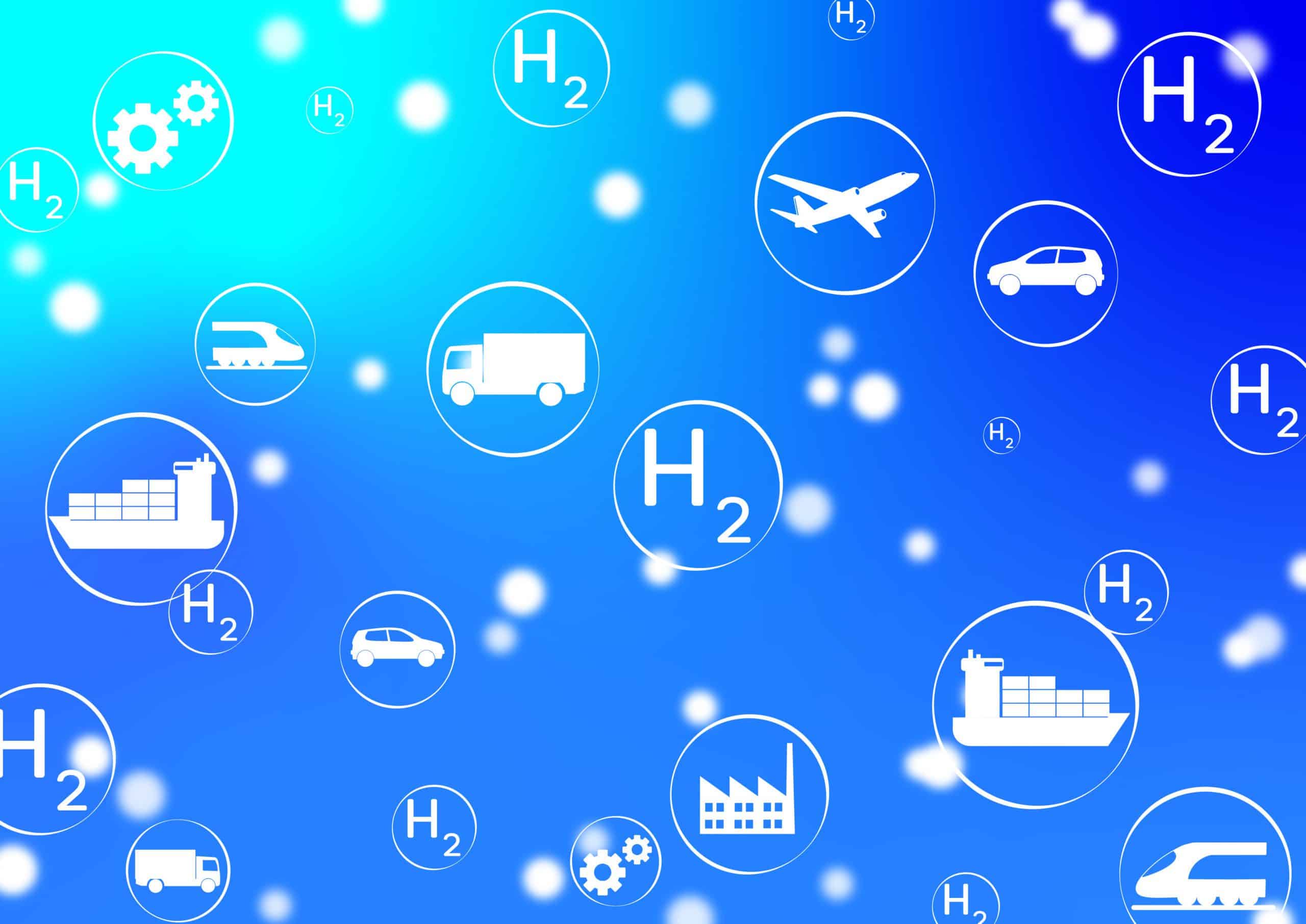
The Netherlands is not leading Europe in the production of green energy. Nevertheless, the share of wind and solar energy is rising sharply. On some days the increase is so rapid that there is a surplus of green power. Currently, we are not using this surplus. Because more and more solar panels and wind turbines will be added in the coming years, this will occur more often. And all the while, gas and coal-fired power stations will have to step in on less productive days.
According to Martien Visser, lecturer in energy transition at the Hanze Hogeschool in Groningen, Netherlands, and manager of corporate strategy at Gasunie, this can be done a lot smarter. To this end, he points his finger at The Hague, where he believes they need to hurry up with policymaking.
According to CBS figures from 2020, the Netherlands gets more than a quarter of its electricity from green sources. “On some days you can already see peaks,” Visser says, referring to Easter Monday this year when some 60 percent of the electricity came from solar and wind sources.
Peaks are already causing problems
This is already causing problems in some places. To prevent overloading the grid, solar panels are automatically switched off during peak hours. They no longer generate power and do not feed back into the grid. While the sun is shining. Visser believes this will also become increasingly common.
At the moment – on sunny days – solar panels generate almost enough power for an average Sunday afternoon. “In the Netherlands, we use about 12 GW of electricity and generate between 8 and 9 GW. Next year it will be around 10 or 11 GW. The number of solar panels installed is increasing by up to 30 percent annually. We will keep up this pace in the coming years and it will lead to more surplus green energy. Especially on good days,” says Visser.
But how are we going to store those (future) surpluses? Batteries, perhaps? Hardly, Visser thinks. “I estimate that we could store about 50 MWh of electricity in batteries in the Netherlands now, which would be depleted after one or two hours. Also, batteries are very expensive. Let’s say you pay about €4,000 for a 10 kWh battery. That’s €400 per kWh. You would easily need about 3,000 kWh of batteries to heat an energy-neutral house in winter – when there is hardly any sunlight. Impossible. Such an investment could never be recouped.”
Rethinking mass storage
Yet we need to do something with this (future) surplus. We don’t want to be dependent on coal or gas power stations at times in the future when there is no sun or wind. To do this, Visser says, we need to think differently about mass storage. “At the moment, it’s often about the efficiency of technologies. In the future, the costs will become more important. After all, there will be plenty of surplus solar and wind energy available. The only problem is that it won’t help you if this power is not used. We must therefore be able to use these surpluses at minimal cost to bridge periods without wind or sun. According to almost all studies in the world, hydrogen emerges as a good solution.”
In addition, he explains, hydrogen is needed for other parts of the economy. Like steel production, for example. “You can both store it cheaply and transport it in large quantities through underground pipelines. Just like we do with natural gas now.”
The Hague is dragging its heels
Whether it is hydrogen or another alternative, Visser expects more direction from The Hague. “If we want to be CO2 neutral by 2050, we should at least start introducing alternatives in 2030. A large project will take at least 15 years to complete. The government needs to invest in this now with adequate regulations and legislation. We must ensure that the cost of electrolysis drops just as quickly as that of solar panels and wind turbines. That requires a lot of work and regulation. To be honest, they are dragging their heels on this in The Hague.”
Alternatives that prevent coal and gas power plants from having to be fired up on a drizzly winter day do not yet exist. “But we need to keep our energy supply up.” Visser cites a graph in which he shows that more than 95 percent of all energy on September 6 between 10 and 11 p.m. came from coal and gas. The sun has set and there was no wind. Now the coal and gas plants are still on. But how do we solve that if they all have to close down?”
To make up for the shortages from the sun and wind, especially on cold winter days, he believes natural gas will remain very important for the next twenty years. Visser calculates that on a cold winter’s day, we consume about eight times more gas than electricity in terms of MWh. Heat pumps, heat networks or other heating solutions are not readily available. The Hague has invested in a district-oriented approach with considerable fanfare, but this has now pretty much stalled. Alternatives to natural gas such as coal are disappearing. The use of oil is also decreasing because we are driving electrically. We will become more dependent on natural gas in the coming period.”
Rising gas prices
But the overall use of natural gas will decline. According to figures from the FitFor55 package, a dozen legislative proposals from the European Commission to ensure that Europe is climate-neutral by 2050, we will be consuming 20 percent less natural gas by 2030.
Visser says: “But the importance of the remaining natural gas production is increasing. So is Europe’s dependence on producers outside Europe.”
This is already happening, Visser emphasizes. “Demand exceeds supply, so prices are rising. Especially if we get a cold winter later on, gas prices may well shoot through the roof. Now the coal-fired power stations can run overtime to release natural gas. This in turn can be used in storage facilities, which are emptier than ever, even below the level at which the EU determines its security of supply analyses. With a severe winter, that could get tight.”
Coal as a backup?
But surely we need to get rid of coal? “If you look at it over a long period of time, you still see a steady decline in the use of coal. I’m not worried about that for now. But to cope with shortages, we will have to have a back-up. We can come up with lots of alternatives, including hydrogen power plants and fuel cells. But something has to be done. In The Hague they assume that the market will solve this, but I doubt it. In Belgium, extra gas-fired power stations are currently being built with subsidies to make up for shortages. The government must also take action here. We need legislation and regulations for hydrogen or other alternatives quickly. The government must indicate who is responsible for what. Because CO2-neutral by 2050 can succeed, but only if we make it a priority.”








